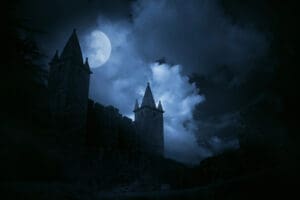Fascinating Irish Kings and Queens Who Changed History
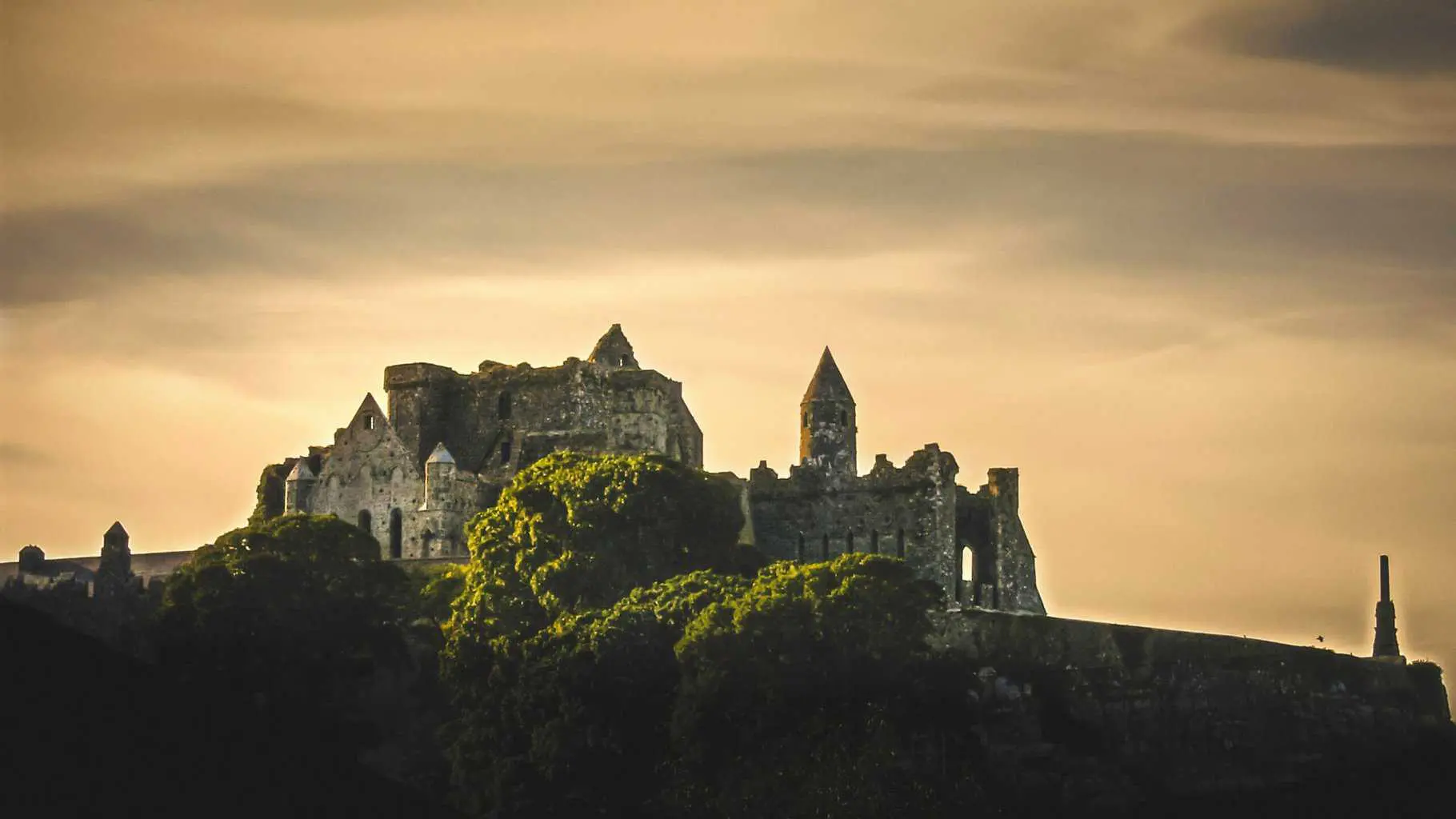
Updated On: April 21, 2024 by ConnollyCove
Long ago, Ireland was a land of Kings and Queens who resided in large castles and controlled parts of the island. The High King of Ireland lived at the Hill of Tara and ruled over his people.
You may be familiar with Irish kings and queens such as Brian Boru, Queen Maeve, or the pirate queen Grace O’Malley, but do you know about the other kings and queens who roamed these lands? We did some digging and have plenty of stories about even more of Ireland’s kings and queens.
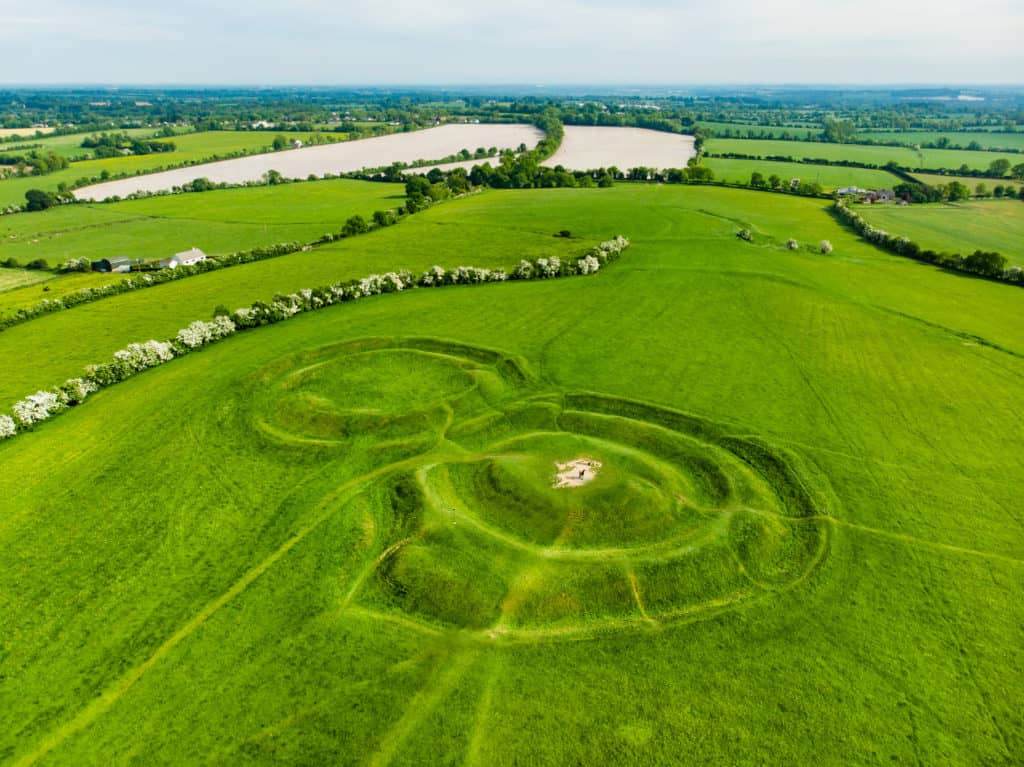
In this article, we will explore the stories of some of the most impactful Irish kings and queens throughout history. From mythological rulers to historical leaders and everything in between, we will examine some of the people who shaped the history of Ireland for better and worse.
Scroll down to read through the article, or click on one of the highlighted sections below to jump ahead!
Table of Contents
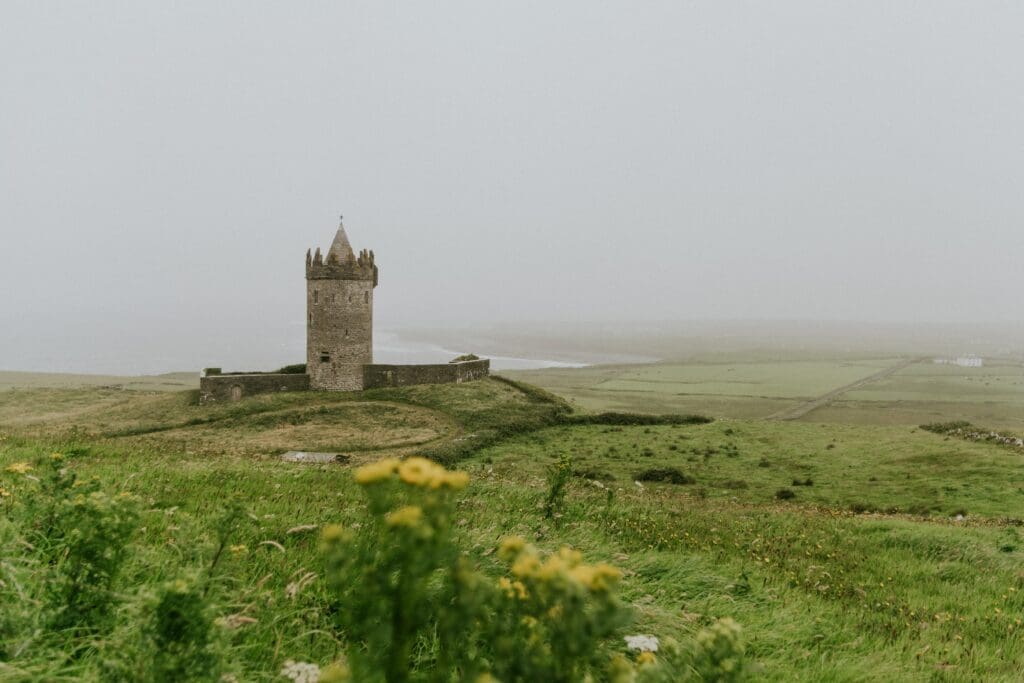
Provenance
The High Kings of Ireland played a significant role in Irish history and mythology. They were historical and legendary figures known as ‘an Ard Rí’ who claimed Lordship over the entire island of Ireland.
As the history of the Celts was passed down by word of mouth, however, the existence of the High Kings is both historical and legendary. Fact and myth have become intertwined in the stories of real kings and queens who feature in Irish folklore alongside Gods and Monsters.
The High Kings (the past ruling kings of the land of Ireland) first established the throne as far back as 1500 BC. Yet, there are no proven, accurate historical records of this, and their existence is partly legendary and fictional.
Any of the High Kings who lived prior to the 5th century are considered a part of Irish mythology or legendary kings (what’s aptly called “pseudohistory”). In this article, we will examine kings and queens from before and after this time.
The fact that the Celts in Ireland did not keep written records does not invalidate their existence; it was only when Christian monks arrived in Ireland that the story of the Celts was written down. However, the objectivity of these religious historians is questionable.
Many monks left out or altered pieces of Celtic history to make them fit into the Christian faith. Celtic Christianity was later developed, which preserved some of these traditions. But over time, much of Celtic life was forgotten in favour of traditional Christianity.
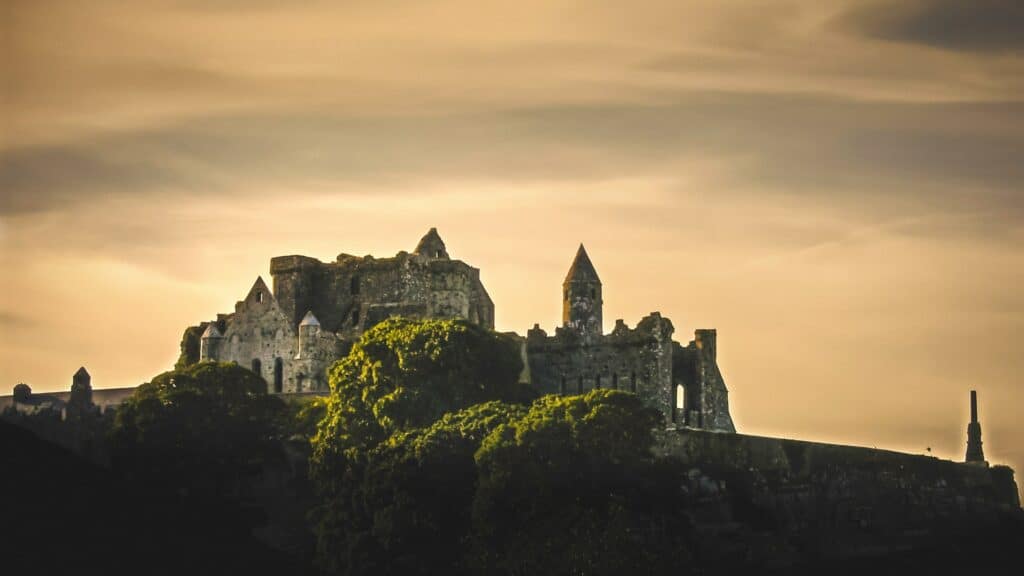
The First High King of Ireland
Irish mythology tells the story of a group of people called The Fír Bolg, who invaded Ireland with almost 5,000 men. They were led by 5 brothers who divided Ireland into provinces and granted themselves the titles of Chieftains.
After some talks and discussions, they decided that their youngest brother, Sláine mac Dela, would be given the title of King and would rule over them all.
The Fír Bolg were the fourth group of people to arrive in Ireland. They were the descendants of Irish people who left the island and travelled the world. They established the High Kingship and over the next 37 years, 9 High Kings ruled over Ireland. They also established the seat of the High Kings at the Hill of Tara.
The First High King of Ireland had a short and unfulfilled life. Only one year after becoming a king, he passed away from unknown causes at a place called Dind Ríg in the province of Leinster. He was buried at Dumha Sláine. The Hill of Slane, as it is known today, has become a centre for religion and learning in Ireland over time and is closely associated with St. Patrick.
After the death of King Sláine, his brother Rudraige took up the mantle, but little did he know that tragic death runs in the family. King Rudraige was also short-lived; he died 2 years later. The two brothers of the remaining three became joint High Kings and ruled for 4 years until they both died due to the plague.
Sengann mac Dela, the last of the brothers, became High King and ruled Ireland for 5 years. His reign came to an end when he was murdered by the grandson of his brother, Rudraige, who went on to take the title of the King. The last High King, Eochaid mac Eirc, was considered the perfect king.
It was the Morrigan, the Celtic triple Goddess of War and Death, that defeated Eochaid. The Morrigan was a title that referred to three sister goddesses of war, magic and prophecy. They rarely interfered in battle after this. The Morrigan is sometimes compared to the Banshee because of her foresight and relation to death.
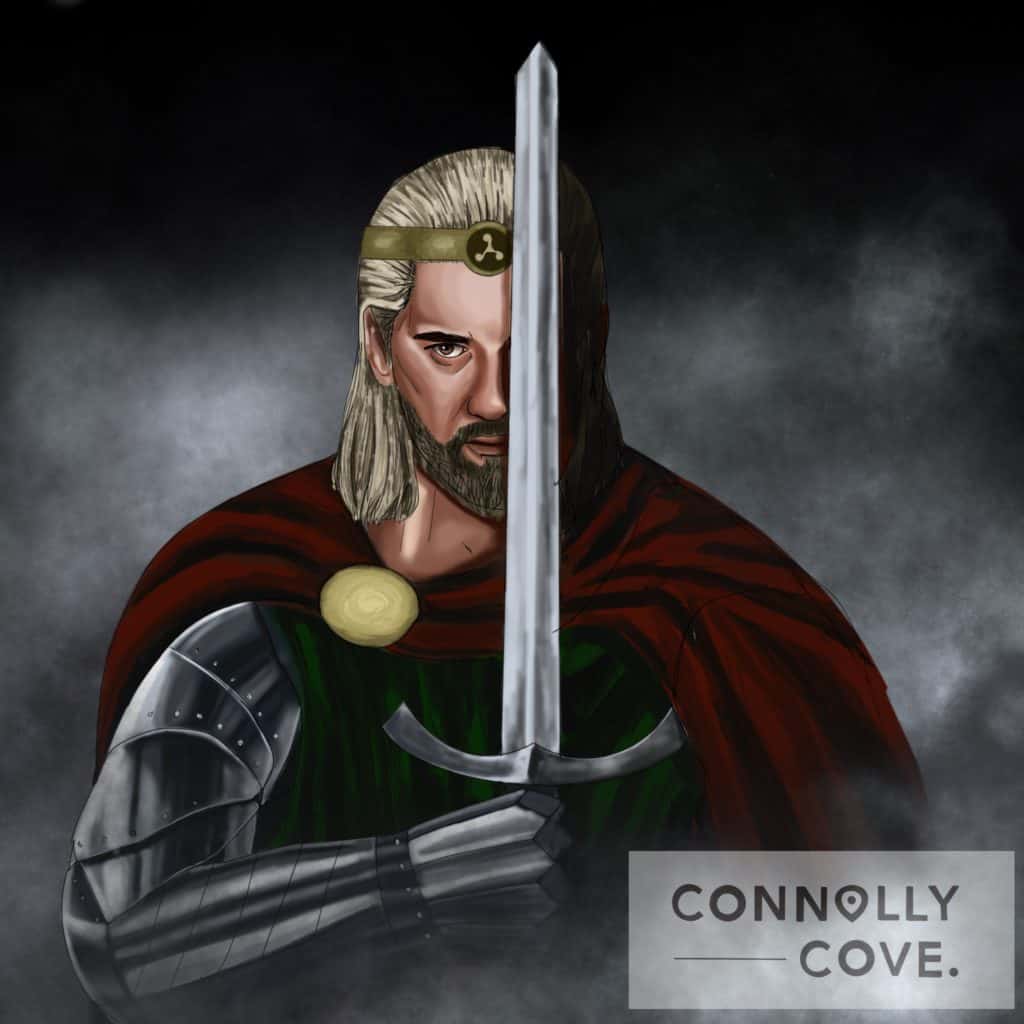
Arrival of the Tuatha de Danann
The succession of the monarchy remained with the Fír Bolg until 1477 BC when the legendary race of the Tuatha Dé Danann (or Tribe of Danu) invaded Ireland. When the Tuatha de Danann arrived, their king Nuada asked for half of Ireland.
The Fír Bolg refused, and the first battle of Mag Tuiread took place. Nuada lost an arm in the Battle but defeated the Fír Bolgs. Some myths say that Nuada was gracious in victory, offering the Fir Bolg one-quarter of the island, and they chose Connacht.
Other stories say that the Fír Blogs left Ireland, but either way, they don’t feature much in the mythology after this.
The Tuatha de Danann were the Celtic Gods and Goddesses of Ancient Ireland and had many magical abilities. Nuada won the battle but lost his kingship because, as was the custom of the tribe of Danu, a king could not rule if he was not perfectly healthy.
Nuada was given a fully functional silver arm, but not before a new oppressive leader took his place…
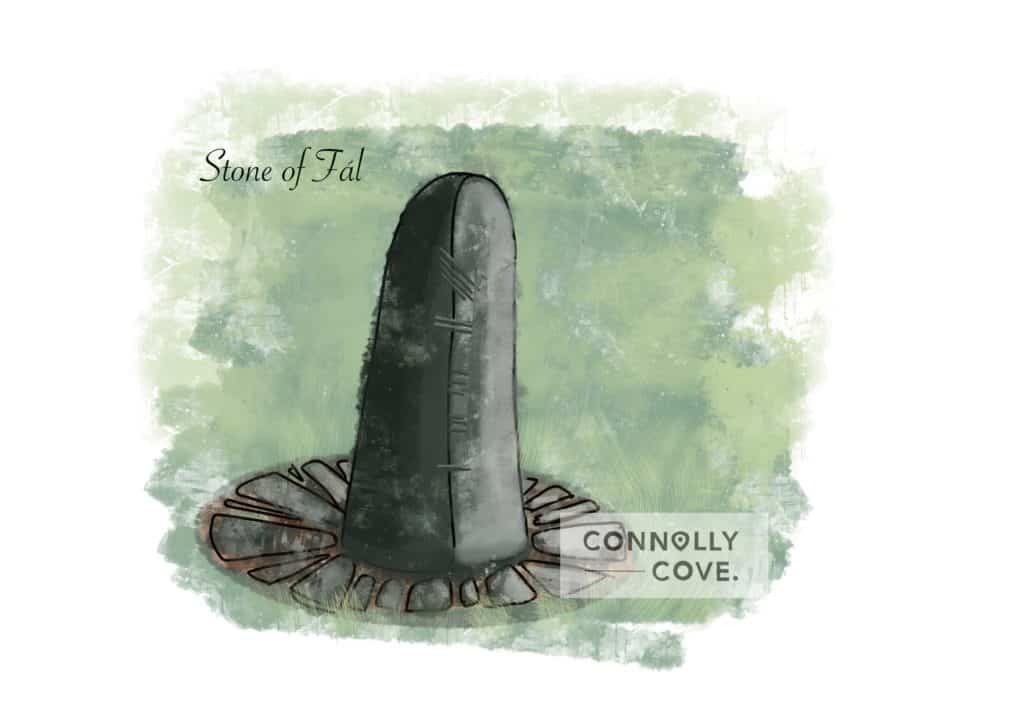
The Stone of Fate – Lia Fáil
Lia Fáil (The Stone of Destiny or Speaking Stone) is a stone at the Inauguration Mound on the Hill of Tara in County Meath. It was used as a coronation stone for the High Kings of Ireland and is still preserved today.
According to the mythology, Lia Fáil was one of the Four Treasures that the Tuatha de Danann brought with them to Ireland. The other treasures were Lugh’s Spear, the Sword of Nuada, and the Cauldron of Dagda.
When the rightful king of Ireland stepped on the magical stone, it would supposedly roar in joy. It was believed that Lia Fáil could rejuvenate the king. The stone was destroyed in anger after it did not cry out for a king’s protégé. It only shouted out once, according to stories in some versions of folklore: at the coronation of Brian Boru.
The Reign of Bres
The successor of Nuada was Bres, a man who was half-Tuatha de Danann and half-Fomorian. The Fomorians were another supernatural race that represented the wild, dark and destructive powers of nature.
Their appearance varied greatly, from giants and monsters to beautiful humans. The Formorians were usually the antagonists of the Tuatha de Danann in Irish and Celtic folklore.
Surely, a half-Tuatha de Danann, half-Fomorian leader could foster a new era of peace in Ireland, right? Not exactly. Bres aligned himself with the Fomorians while acting as the king of the tribe of Danu, essentially forcing his people under the control of their enemies.
Fortunately, Nuada returned to Ireland seven years later. His arm was now natural and no longer made of silver, thanks to Miacht, the Celtic God of Medicine. He defeated Bres and freed his people. Lugh would be the half-Fomorian, half-Tuatha de Danann King to rule after Nuada’s second reign.
The Demise of the Tuatha de Danann
The reign of the Tuatha de Danann came to an end at the arrival of the Milesians. The Milesians were Gaels who sailed from Ireland to Iberia and returned back to Ireland hundreds of years later. The Milesians were the final race to settle in Ireland, according to myth, and they represent modern Irish people.
The Tuatha de Danann were driven underground to the Otherworld by the Milesians. Over the centuries, they became the fairy folk of Ireland that we hear about in legends today. For the next two thousand years in Irish mythology, Ireland would have over 100 legendary High Kings.
It is worth noting that at that time, ancient Ireland was comprised of Celtic tribal cultures dating back into the mists of prehistory. The High Kings were chosen from the tribes of Ireland, who were divided among several regional sub-kings, known as a Ri.
A branch of royal chiefs of the “Scots of Dalriada” in Ulster emerged in the fifth century. They began to colonise the islands above Ireland, including the area known today as Scotland.
The Last High King of Ireland
Ruaidhrí Ó Conchobhair (Rory O’Connor) was the last High King of Ireland in 1166 after the death of King Muircheartach Mac Lochlainn. He ruled for over 30 years but was forced to renounce the throne after the invasion of the Anglo-Normans in 1198.
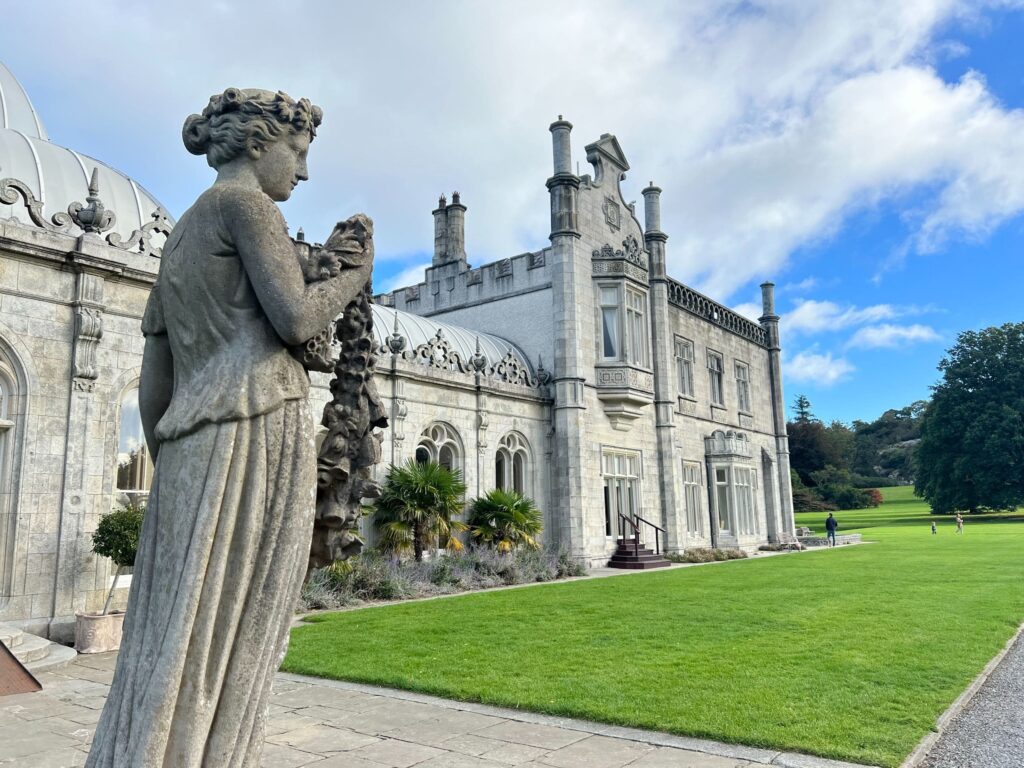
The Normans had invaded England in 1066, and a century later, they directed their attention towards Ireland. The first Norman King who arrived with his armies across the Irish Sea from England was Henry II in 1171. The Lordship of Ireland under the English Crown emerged after the High Kingship ended.
The Crown’s Rule
In the centuries that followed, the direct rule of the Crown was largely confined to the region around Dublin, known as the Pale, and the several garrisoned castles scattered across Ireland. After King Henry’s brief rule, his son, King John, was named Lord of Ireland in 1177. An Irish Parliament was established in 1297.
Edward Bruce, the brother of Scotland’s King Robert I, led an invasion of Ireland in the 14th century but failed miserably in doing so. By the 16th century, the vice-regal office of Lord Deputy had become semi-hereditary in the family of the Fitzgerald Earls of Kildare.
Henry VIII
In 1541, Henry VII became the first King of England to also pronounce himself as the King of Ireland. The reign of Henry VIII saw a significant transition in Irish affairs, as the “Lordship” transitioned into a “Kingdom.”
The Crown of Ireland Act created a “personal union” of the crowns of England and Ireland so that whoever was King and Queen of England was also King and Queen of Ireland.
Henry VIII severed ties with the Catholic Church, which was another major event that occurred under the new political regime. In 1540, Henry seized the Irish monasteries as he had already done in England. Among the ramifications of the English Protestant Reformation was the dissolution of these monasteries, under which monastic lands and possessions were broken up and sold off.
The new Protestantism began to be established, but the Irish Reformation was met with far more popular resistance than what had been observed in England.
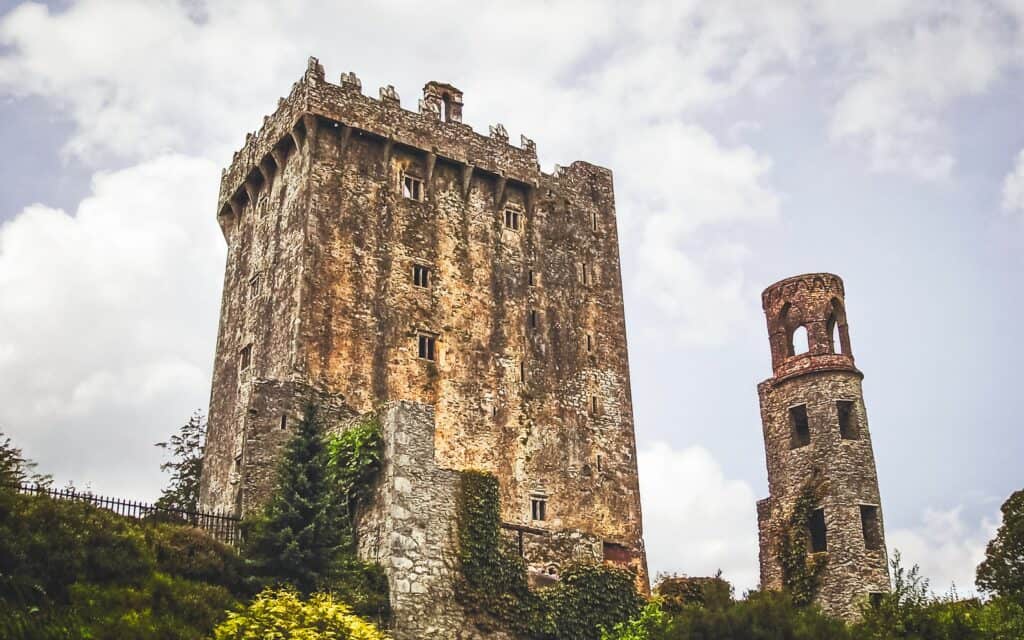
Conflicts and Unsettlement
The harsh policies of Henry VIII did not manage to bring Ireland under control, and his daughter, Elizabeth I, found herself having to be harsher still. The historic near-anarchy in much of the country, combined with deep and widespread resistance to the religious change, raised the likelihood of the Queen’s enemies using it as a base for attacks against her.
Therefore, she wanted to have firm control of Ireland because she feared that her enemy, the Spanish and Catholic King, King Philip, would send forces to Ireland and use them to attack England. She wanted Ireland to be loyal to England.
Famous Elizabethans, such as the infamous Earl of Essex and the poet Edmund Spenser, were involved in the prolonged Nine Years War (1594- 1603). The war was led by Hugh O’Neill, the Earl of Tyrone, on the Irish side and centred mainly in Ulster. The War brought about the end of Elizabeth’s reign.
The accession of Queen Elizabeth’s successor, James I (VI of Scotland), led to the completion of the “personal union” across the British Isles. One King held all three of the crowns: Scotland, England, and Ireland.
17th Century Ireland
The seventeenth century proved turbulent and shaky for Ireland. Charles I, King James’s son, managed to provoke civil wars in each of his three kingdoms at once. Oliver Cromwell, a well-known and notorious figure in British history, killed Charles I and brought his own updated version of the old “Crush the Irish” policy.
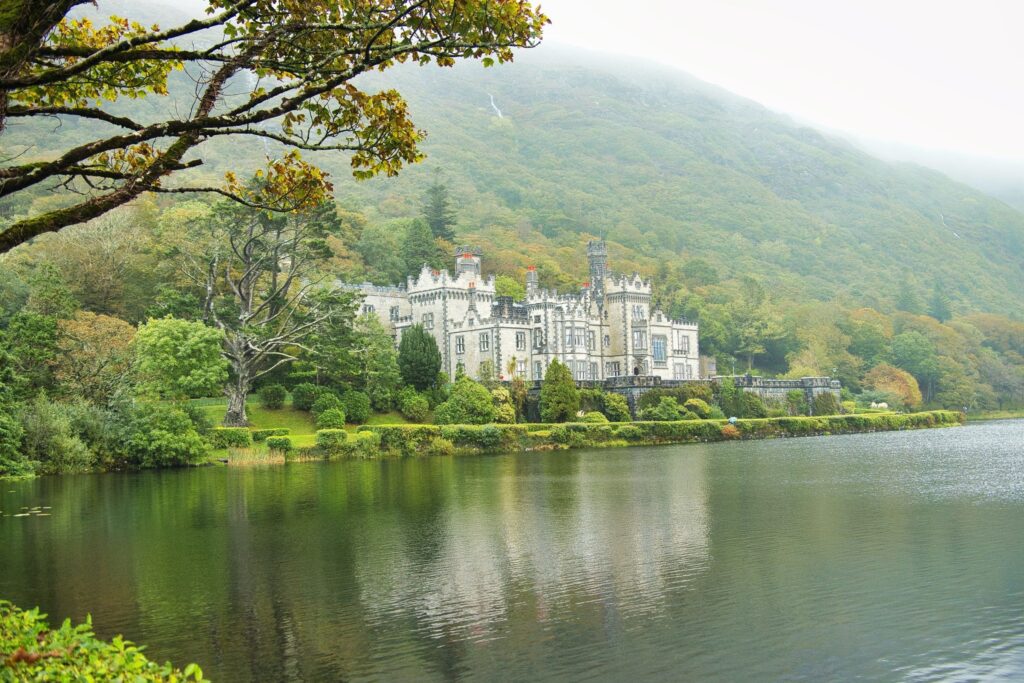
After settling many of his own supporters in Ireland, Cromwell thought that he had the upper hand in his fight against Charles II, the successor of Charles I; however, the Irish quietly rejected Cromwellian rule and supported Charles II. Still, the military might of the English Parliamentarians prevailed until after Cromwell died.
The Restoration of the Stuarts in 1660 brought back the Irish monarchy. But, after the Catholic James II was overthrown by his daughter Mary and his nephew/son-in-law William of Orange, Ireland would never be the same.
This change in leadership gave power to Protestants over Catholics, which led to the people of Ireland struggling with their religious identity and the faith of the island as a whole.
In 1689, war broke out between James and William, who had been announced king of England. James lost due to the overwhelming military force against him. He suffered a decisive defeat at the Battle of the Boyne in Ulster in 1690 and fled the island of Ireland.
The victor, King William III, reacted harshly, imposing the stringently anti-Catholic “Penal Laws” that drove the majority of the Irish population to the margins of society and kept them there for well over a century. On the Protestant side, William was seen as a great hero.
Notwithstanding all the events that had preceded from the times of Henry II on down to James I and Cromwell, it was the struggle between James II and William of Orange, and the aftermath, that shaped Ireland and its troubles as we have known right down to recent times.
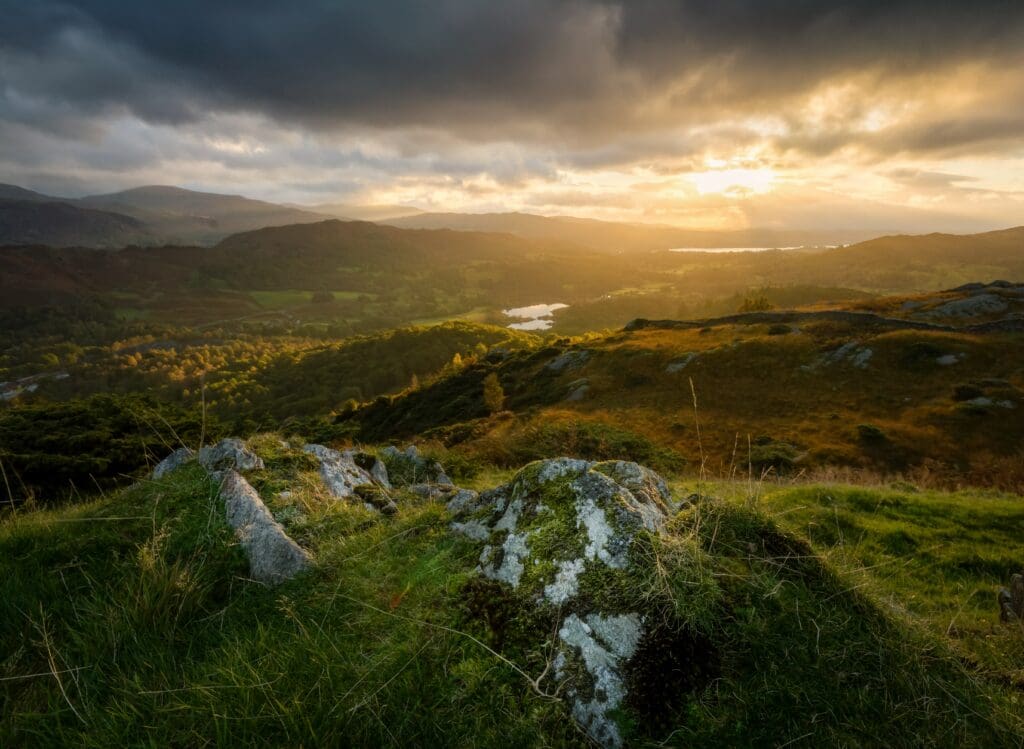
18th Century Ireland
The most significant political occurrence of the 18th Century came at the end, only two years before the turn of the century. The United Irish Rebellion of 1798 was a republican movement inspired by the French Revolution. It ended up causing several thousand deaths and led directly to the Union of 1801.
The “Kingdom of Ireland” ceased to exist and was absorbed into the United Kingdom, formed initially in 1707 with the union of England and Scotland. From the time of the Battle of the Boyne until the merger of Ireland into the United Kingdom in 1801, the country was dominated entirely by the aristocratic “Protestant Ascendancy” created by William’s victory.
19th Century Ireland
Nineteenth-century Ireland, still dominated by the old Ascendancy, saw its first visits by reigning British monarchs since the Battle of the Boyne. In a movement led by the charismatic Daniel O’Connell, Catholic “Emancipation” was achieved in 1829, allowing Catholic people the right to sit in Parliament and have representation in government.
As the century progressed, the crisis of the potato famine and the struggle over the corn (grain) laws highlighted the profound gap between rich and poor in Ireland. Emigrants poured out of the country to the United States, various lands of the British Empire, and into the great industrial cities of England and Scotland to escape the hardships of the Emerald Isle.
Those years also saw the building up of the nationalist sensibilities that would ultimately lead to separation from the British Crown in the 20th century and Irish independence. In 1919, the Irish Republic was formed and was recognised as a free state with its own president and government.
Ancient Irish Kings and Queens
Here are some more Ancient Irish Kings and Queens as seen in Celtic and Irish folklore and mythology:
Queen Maeve (Medb)
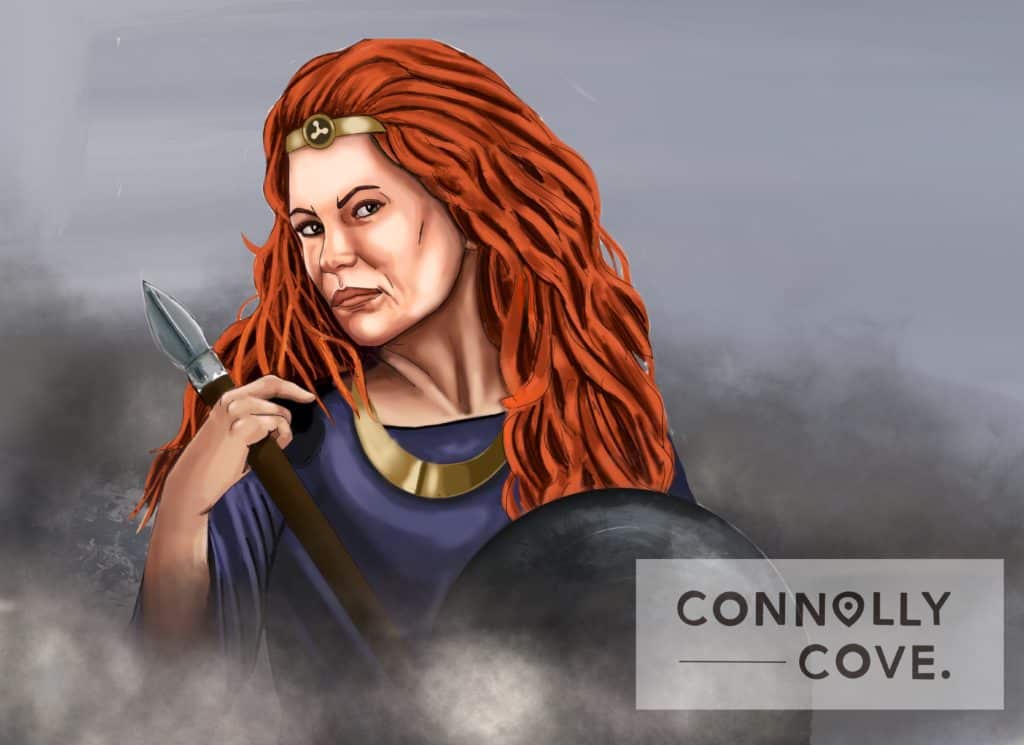
Queen Maeve was a passionate leader whose warriors fought vehemently for her. Maeve, or Medb as she is also known, appears in rich Irish history and folklore. The lore tells the stories of the fierce Celts who ruled the Emerald Isle early in the ancient days before modern civilization.
Queen Maeve is one of the most well-known, revered, and written-about Irish queens in history.
Queen Maeve’s iron fist rule took place over the province of Connacht in the West of Ireland. Feared by her enemies and allies alike, Maeve insisted on amassing equal wealth to her husband, Ailill mac Máta so that they could rule the land together.
They were equal in every aspect but one: Ailill had a prized bull that none of Medb’s herd could measure up to. Maeve was so hungry for power and the throne that she embarked on one of the most infamous tales in Irish mythology: ‘The Cattle Raid of Cooley’. Her aim? To obtain Ulster’s prized bull by any means necessary.

She did so and became the victorious queen of the land, but many people in Ireland paid a heavy price for her success.
We have an entire article dedicated to Queen Medb, which details the ‘Cattle Raid of Cooley’ and even goes into detail about Medb’s connection with a goddess from the Tuatha de Danann. Check it out here.
Grace O’Malley – Pirate Queen
Next on our list of Irish Kings and Queens is another powerful and influential female leader who emerged from Connacht: Grace O’Malley. Known as the Pirate Queen, Grace O’Malley (Granuaile, in Irish) was a fearsome queen during the 16th century.
Born the daughter of a Gaelic chieftain, O’Malley became a chieftain later herself. She ruled with an army of 200 men and a fleet of galleys beside her.
The queen’s ancestral home can be found at Westport House in County Mayo, where her legacy lives on to this day. Westport House is fiercely proud of its connection to O’Malley and commemorates her with a dedicated exhibition and a Pirate Adventure Park.
Conchobar mac Nessa
Those who read ancient Ulster stories will be familiar with King Conchobar, an Irish king who features predominantly in the Ulster cycle. The Ulster Cycle is one of 4 cycles in Irish myth relating to different time periods. The other 3 are called the Mythological Cycle, the Fenian Cycle, and the Historical Cycle.
Conchobar was the King of Ulster and, at one point, the husband of Queen Maeve. Their marriage was doomed to fail, but Conchobar went on to become known as a wise and consistently good king.
A trip to Armagh will provide lots of opportunities to learn more about the mighty King of Ulster.
Dermot MacMurrough
Born around 1100, Dermot MacMurrough eventually became the King of Leinster. During his reign, Dermot MacMurrough would come to fight against Tiernan O’Rourke, the King of Breifne (Leitrim and Cavan) and Rory O’Connor, who both attempted to overthrow him. These battles resulted in him stepping down from his throne and fleeing to Wales, England and France for several years.
During his exile from Ireland, MacMurrough sought help from the English and King Henry II. As a result, he is primarily remembered as the king who brought the Anglo-Norman invasion of Ireland, which began a period of British Rule.
This reputation earned Dermot MacMurrough the nickname ‘Dermot na nGall’, or Dermot of the Foreigners.
Find out more about Dermot McMurrough and retrace his steps with our Waterford and Wexford guides.
Brian Boru
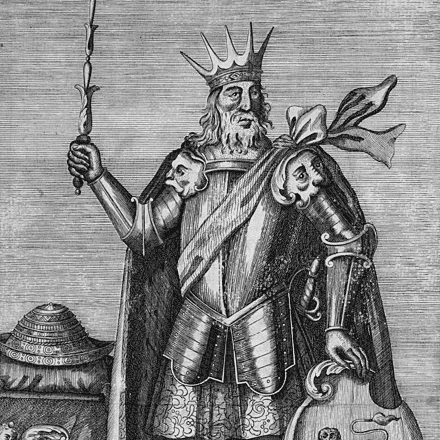
Brian Boru is quite possibly the most famous and successful Irish King in history. His coronation took place in Cashel, and, like so many of Ireland and Munster’s kings, Boru was a High King of Ireland. He was also the mastermind behind the defeat of the Leinster kings and Vikings at the Battle of Clontarf in 1014.
Brian’s side won the Battle of Clontarf, but unfortunately, he died during the battle. He was slain on 23 April 1014, Good Friday. He was a profoundly Christian king, and many reports suggest that he refused to fight on Good Friday, which led to his demise.
The castle that survives in the seaside Dublin town still hints at historical happenings. Make sure to explore Clontarf Castle if you’re in the area!
Gormflaith Ingen Murchada
Gormlaith was born in Naas, County Kildare, in 960 AD and reigned as the Queen of Ireland in the late 10th and 11th centuries. She was the daughter of Murchad mac Finn, the King of Leinster from Uí Failghe, and sister to Máel Mórda, who eventually became King of Munster.
Gormlaith’s first marriage was to Óláfr Sigtryggsson, known as Amlaíb in Irish sources, the Norse king of Dublin and York. During this marriage, she had a son named Sitric Silkbeard.
Gormlaith went on to marry Brian Boru in 997 and bore another son named Donnchadh, who would eventually become the King of Munster. It is said that Gormlaith is partly responsible for the demise of Brian Boru at the Battle of Clontarf after their separation by encouraging her brother, Máel, and son, Sitric, to fight against him.
More Irish Royalty
Here are a few more Kings from Ireland that you may not have heard about!
The King of Tory Island
Despite having a population of fewer than 200 people, Tory Island off the coast of Donegal has retained its royalty. The King of Tory is a customary role continuing a long-standing tradition.
While Tory’s king has no formal powers to exercise, he does act as spokesperson for the whole community as well as their unofficial one-man welcoming party. The prime time of year to visit the Gaeltacht island of Tory is the summer months when a ferry will whisk you there from Donegal’s mainland.
Tory’s last king was Patsy Dan Rodgers, who passed away and was laid to rest in October of 2018.
King Puck
Naturally, we saved the most bizarre Irish King for last. King Puck is not only a currently reigning King, but he’s also a goat, too!
His annual festival, Puck Fair, is likely to be the least formal crowning of royalty to be seen anywhere on Earth. Kerry’s Killorglin is Puck’s place of regal residence, and should you run into this festival on your Ring of Kerry drive, you should most definitely check it out!
Be sure to bring a few carrots with you when you visit – Puck is a fan of the crunchy orange veggies!
The origin of the festival is lost to time, but it dates back to at least the 1600s and is likely much older, potentially dating back to pagan times. The Puck Fair is celebrated in Killorglin each year, and the statue of King Puck that stands in the town ensures that in the time between each festival, no one forgets who is really king.
The festival, which runs at the end of the summer and is usually expected to attract over 80,000 visitors, was said to be linked to the Celtic festival of Lughnasa, which symbolizes the beginning of harvest.
According to myth, a flock of goats saw an army of Cromwellian pillagers and headed for the mountains during the 17th century. One goat broke away from the flock and headed into the town, which alerted inhabitants that danger was close by, and so, the festival was born in his honour.
The Puck Fair, one of the oldest festivals in Ireland, features on our list of the 15 best Irish festivals to experience. The ethics of the fair have come into dispute in recent years due to the fact that a goat is held in a small cage for three days before being led back into the mountains.
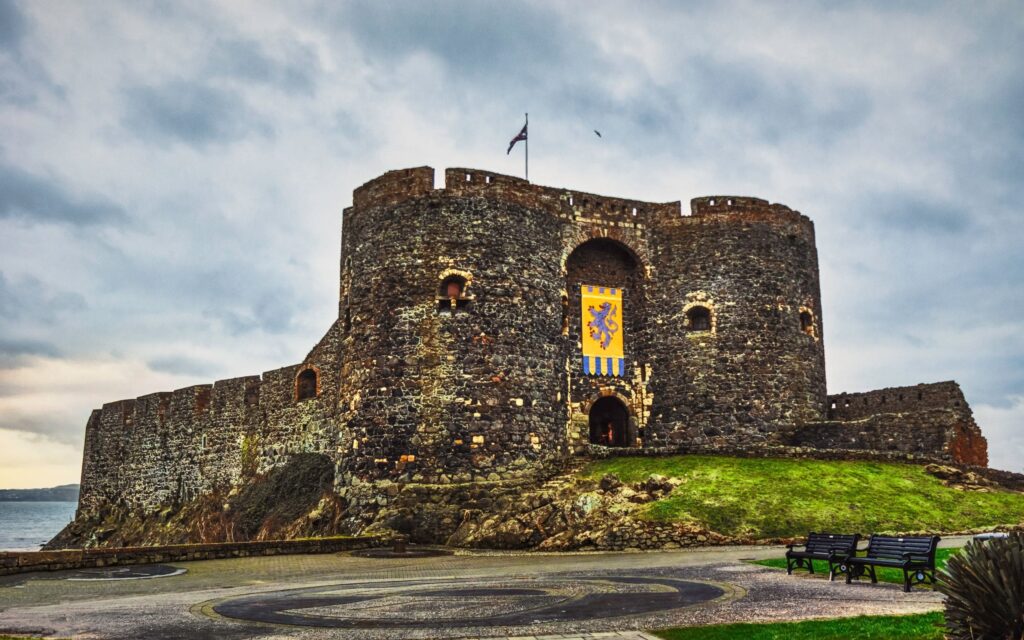
Final Thoughts on the History of Irish Kings and Queens
The history of the Kings and Queens of Ireland is brimming with power struggles, dynastic rivalries, and cultural evolution. From the early legendary Kings such as Nuada to the historic High Kings like Brian Boru, the monarchy in Ireland has undergone significant transformations over the centuries.
The kings and queens of Ireland played a pivotal role in shaping the island’s destiny, and their stories continue to captivate historians and enthusiasts alike. While Ireland no longer has a native monarchy, the legacy of these rulers lives on in the stories, legends, and traditions of the Irish people.
We hope that you have enjoyed this article! Do you have a favourite story regarding an Irish king or queen? Tell us about your favourite Irish kings and queens in the comments below! While you are here, why not check out some more articles, including:
Legend of the Selkies | Blarney Castle: Where Myth and History Combine | Pookas: Ireland’s Mischievous Creatures | Scáthach: Secrets of the Female Celtic Warrior




